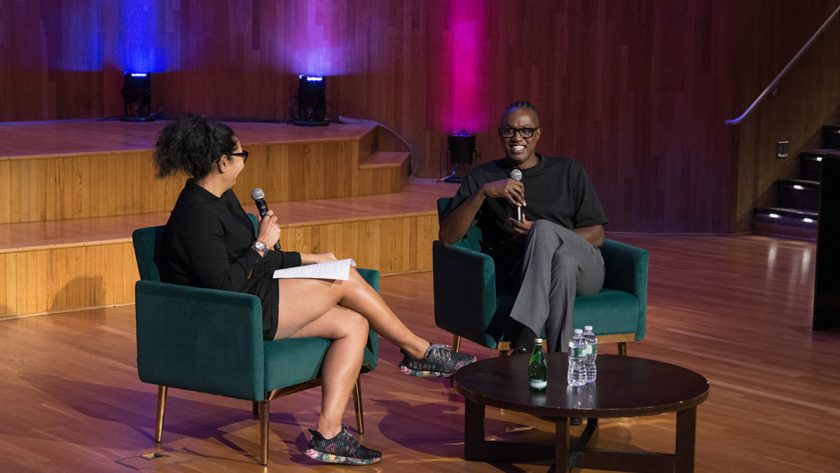When I began my college experience in 2019, the extent of my knowledge of Black fashion history was Dapper Dan, André Leon Talley and Ann Lowe. By the time I graduated — with a degree in fashion, mind you — I added Stephen Burrows to the list. That about summed it up. I could write research papers on Coco Chanel, Yves Saint Laurent and Elsa Schiaparelli, but had you asked me about a Black designer from the same time period, you would’ve been met with a blank stare.
It’s a sad reality, but not a surprising one. So often, conversations about diversity in fashion land on the same few questions: Who’s holding leadership positions? How many people of color are being included in fashion month? What models are being cast for the runway? Who’s covered in the media, and who’s being excluded? Granted, those are all valid and important. But there’s another white space that remains relatively unaddressed: the omission of Black fashion in fashion history education. If I can’t trust that the contributions of historically marginalized communities will be acknowledged in higher education, what possible hope do I have that they would be as I continued to climb up the ladder in the industry?
Photo: Courtesy of Jonathan Square/Eileen Costa
“It all comes down to education,” Dr. Jonathan Square, assistant professor of Black Visual Culture at Parsons School of Design and founder of Fashioning the Self in Slavery and Freedom, tells Fashionista. “People sometimes don’t start having these critical conversations until they enter the fashion industry, often the result of some snafu or faux pas or some problematic thing. They’re forced to confront an issue instead of having these conversations when they’re 18, 19, 20 (years old) in fashion school. I think many fashion schools — not all, there are some that are doing the right thing or making strides — are doing their students a disservice by focusing only on craft and skill, and not on larger concepts in which these crafts and skills are embedded. It’s important to step back and understand the context for what you’re doing, and I think some fashion schools could do a better job of providing students that kind of education.”
Square has always sought out the opportunity to explore and teach Black culture in fashion spaces, be it through a course or as a topic in a lecture. At Harvard University, he taught the class “Black Beauty Culture,” which examines the various facets of Black beauty and its dialogue with other aesthetic traditions, spanning enslavement to the age of social media. Now an Assistant Professor at Parsons, he finds ways to tie Black history into his classes.
“There’s a lot related to Black fashion and Black beauty and the relationship between histories of enslavement and fashion histories — that’s a big component of the syllabus,” Square says. “But it covers other topics as well, because there’s supposed to be a certain amount of breadth.”
At Howard University — one of the few Historically Black Colleges and Universities (HBCUs) that offers a fashion design program — the acknowledgment of Black contributions to fashion is embedded into the curriculum from day one.
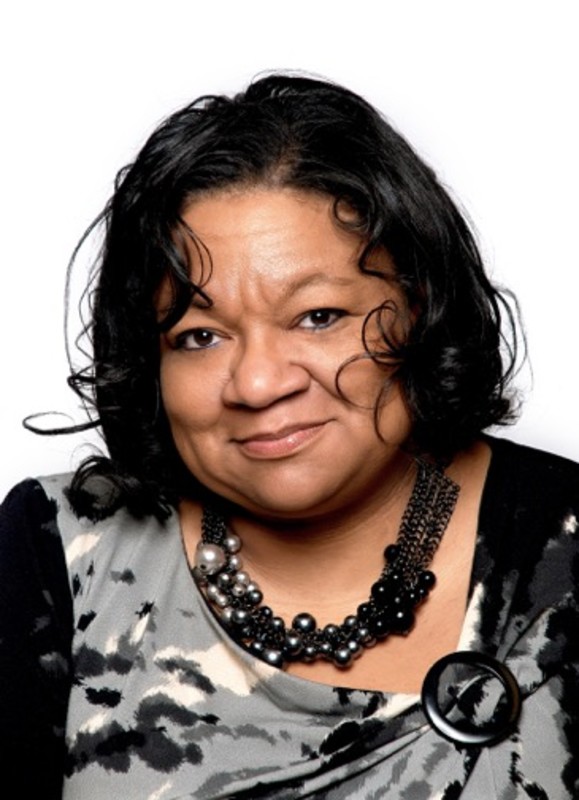
Photo: Courtesy of Howard University
“We’ve always been able to push those topics of race in pretty much everything we’ve taught across our departmental curriculum, our programmatic curriculum,” says Dr. Elka Stevens, associate professor and Fashion Design program coordinator at Howard. “That discussion around race, given that we’re an HBCU, is one that fits very naturally, because people enjoy representation. People want to see and hear about people who look like them and who’ve been able to be successful within the industry.”
Design students are required to take courses like “History of Design” and “Clothing in History,” which provide a broad overview of fashion starting from ancient Egypt and moving forward. There, they learn about numerous Black designers from various periods, including Elizabeth Keckley, an African-American seamstress and personal dressmaker to Mary Todd Lincoln.
“In our marketing classes, we can talk about African-American presence or people of color,” Dr. Stevens says. “We talk about them in terms of sustainability. We talk about them in our pattern-making classes. We talk about them in our design classes. Almost all of our classes, we have an opportunity to introduce people of color or Black designers.”
With a background in fashion studies, Kimberly Jenkins, founder, director and principal researcher of The Fashion and Race Database, has also found a way to bring this subject to the higher educational landscape. While holding a role as a part-time lecturer at Parsons in the fall of 2016, she launched “Fashion and Race,” a course that peeled back the layers of fashion history and examined the intersection of racism, discrimination and the impact of colonialism, plus how that all impacts what we wear.
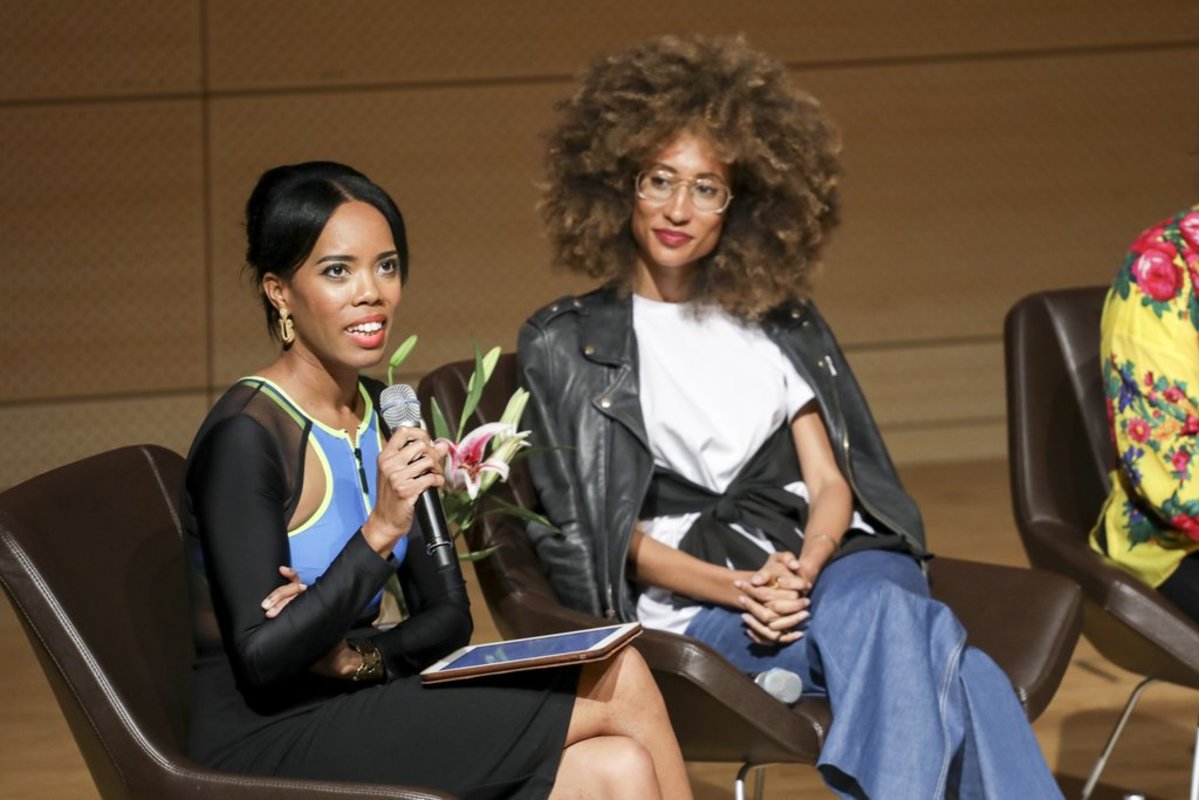
Photo: Courtesy of Kimberly Jenkins/Jonathan Grassi
“What ‘Fashion and Race’ seeks to do is work to uncover and reexamine faces and moments in fashion history that were disregarded due to the impact of racism, discrimination and colonialism,” Jenkins explains. “It de-centers whiteness in fashion history, where, up until that point, we have this canon where we deify mostly White European and American designers, tastemakers and fashion professionals. It de-centers that conversation and highlights all the figures and innovations in dress over the past centuries that were created (by) Black people, Indigenous people, people of Arab descent and Latin American descent.”
She continues: “Also, from a conceptual and a theoretical perspective, we talk about cultural appropriation and even just how White supremacy works through some of the design systems that are right under our noses that we take for granted, the way the business of fashion runs. Some of the ways that we do business and the way things are designed to the body (are) entrenched in White supremacy and gender. It also works to show how race and gender kind of work together when it comes to systemic oppression.”
From the outside, an unfortunately common question is why any of this matters. Not just when it comes to the matter of race, but why is studying fashion from a historical lens worthy of academic examination? Fashion is one of the biggest global industries, yet it’s frequently thought of as frivolous. The conversation about how it connects to not just race, but history broadly, proves the contrary, and is beneficial for more than just students.
“If you look at fashion history, you’re getting histories of colonialism and imperialism. You’re getting histories of race and racial consciousness. You’re getting histories of cosmopolitanism,” Dr. Monica Miller, professor of English and Africana Studies at Barnard College, argues. “If you look at the world through that lens, you’re hitting many of the other things that we all hope we’re going to learn in college. It’s not frivolous at all.”
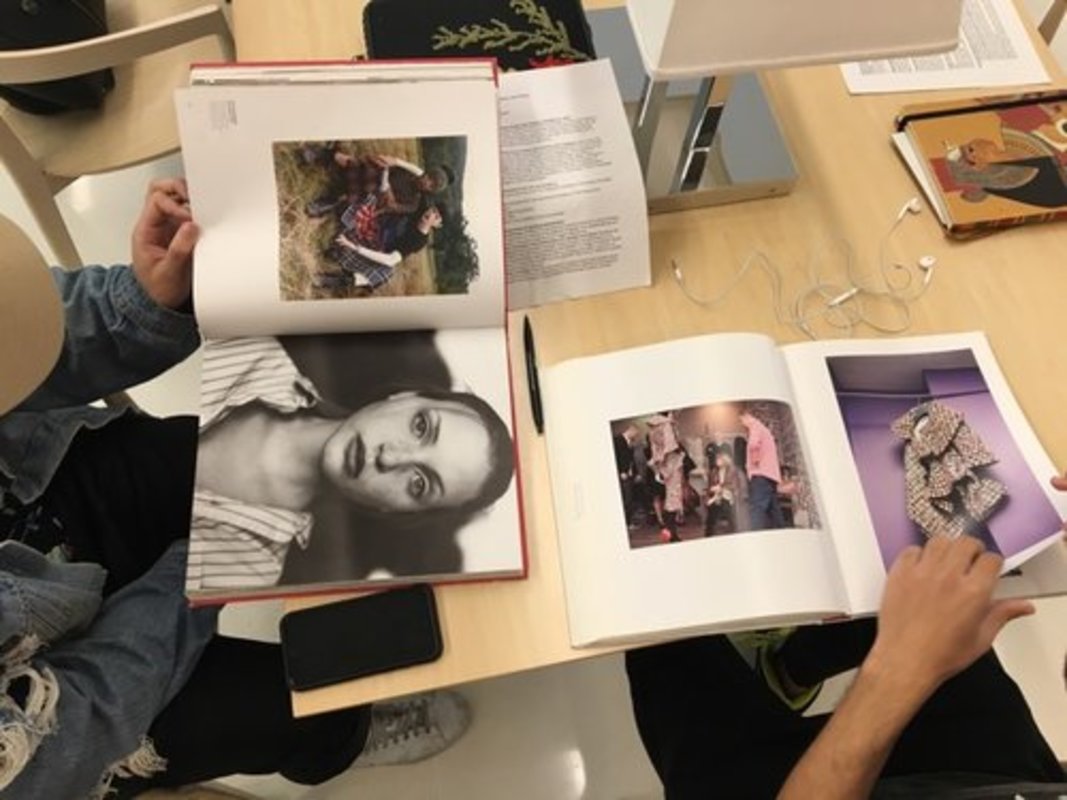
Photo: Courtesy of Kimberly Jenkins
Dr. Miller is the author of “Slaves to Fashion: Black Dandyism and the Styling of Black Diasporic Identity.” She’s a literary scholar, but an early interest in visual culture and the study of visible Blackness in history — plus an ability to study and understand nuance in literature — led to an interest in fashion, race and identity.
“I really think about this relationship between the visible and the invisible, the relationship between race and identity,” Dr. Miller tells Fashionista. “The creative space between the skin and the fabric is where everything and anything can happen in terms of a Black body animating a piece of clothing and then becoming a sort of visual enigma and visual dynamic.”
From an interdisciplinary lens, the study of fashion and race can be explored in different ways, informing how we view other aspects of culture. For Dr. Miller, it’s “thinking about the politics of self-representation and self-fashioning, vis-a-vis in different political climates.” A colleague of hers explores a different avenue, teaching a class titled simply “Clothes,” which looks at the way clothing and identity provide a connectedness for people across different cultures and time periods.
“I still think, as an academic discipline outside of art schools, where fashion design or other forms of fashion history might be taught, it’s a little bit of an uphill battle because that’s either art or it’s not serious,” Dr. Miller says. “But I believe the opposite, that it’s an incredible lens to look at the world through.”
Rikki Byrd, fashion scholar and founder of Black Fashion Archive, shares a similar sentiment.
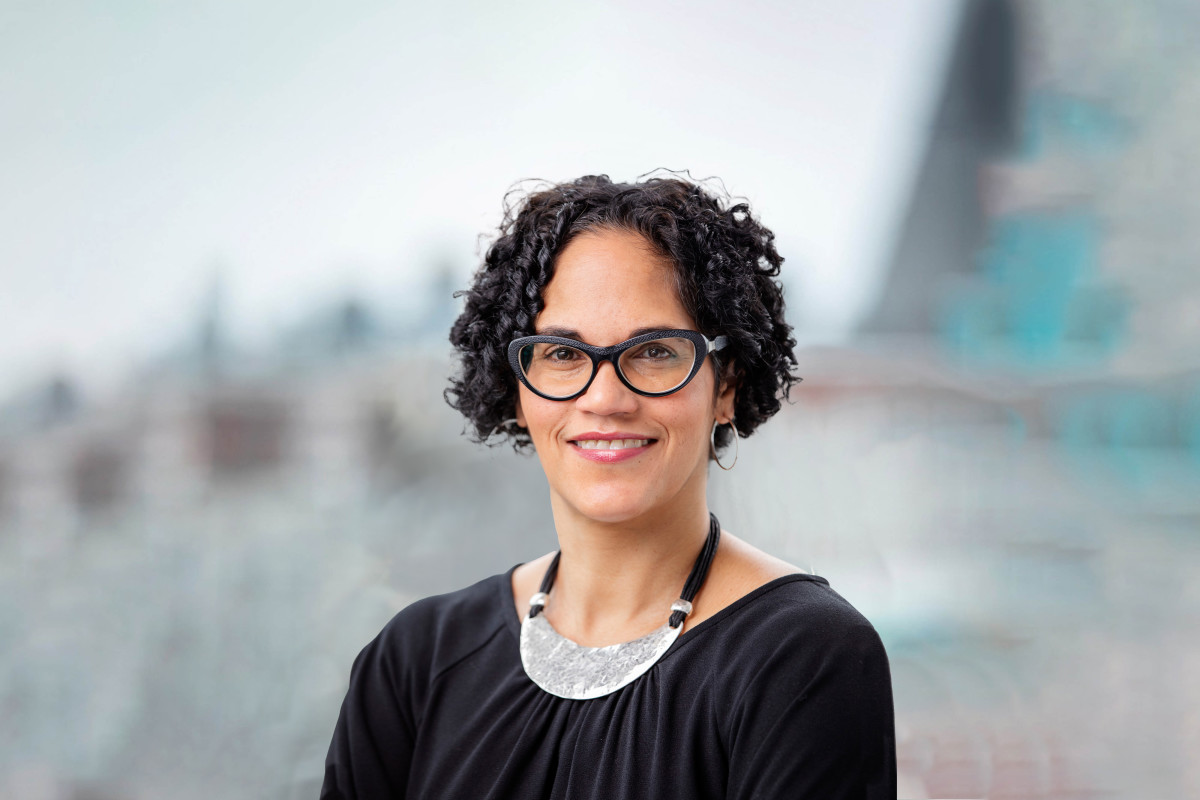
Photo: Courtesy of Barnard College
“Fashion education traverses different disciplines. You have students who are studying fashion design, fashion business, fashion photography, fashion history, theory and research and so on and so forth… Studying race and placing race back into these histories actually, and hopefully, empowers students to realize that, even if you’re creating a garment, in what ways are the things that you’re inspired by being shaped by historical and sociocultural context?,” she asks. “That doesn’t mean it will show up in the student’s design, but what does it mean to have an awareness of the world around you?”
Byrd taught a course called “Black Fashioning” at the School of the Art Institute of Chicago, where students “looked at the performative aspect of dress across the Black lived experience” and “engaged in conversations and readings from slavery to present day.” They studied the work of scholars, historians and activists, such as Uri McMillan, Evelyn Higginbotham, Lorraine O’Grady and Tanisha Ford.
“The course goes through so many different things and really tries to get at the performative aspect of dress through performances of escape, performances of resistance, performances of protests, performances of pleasure and joy across Black lived experiences,” Byrd says.
Given our current political climate, where the subject of race is often met with heavy backlash, there lies an uncertainty about how to broach the subject at the educational level in a way that any student, regardless of race, can appreciate its importance.
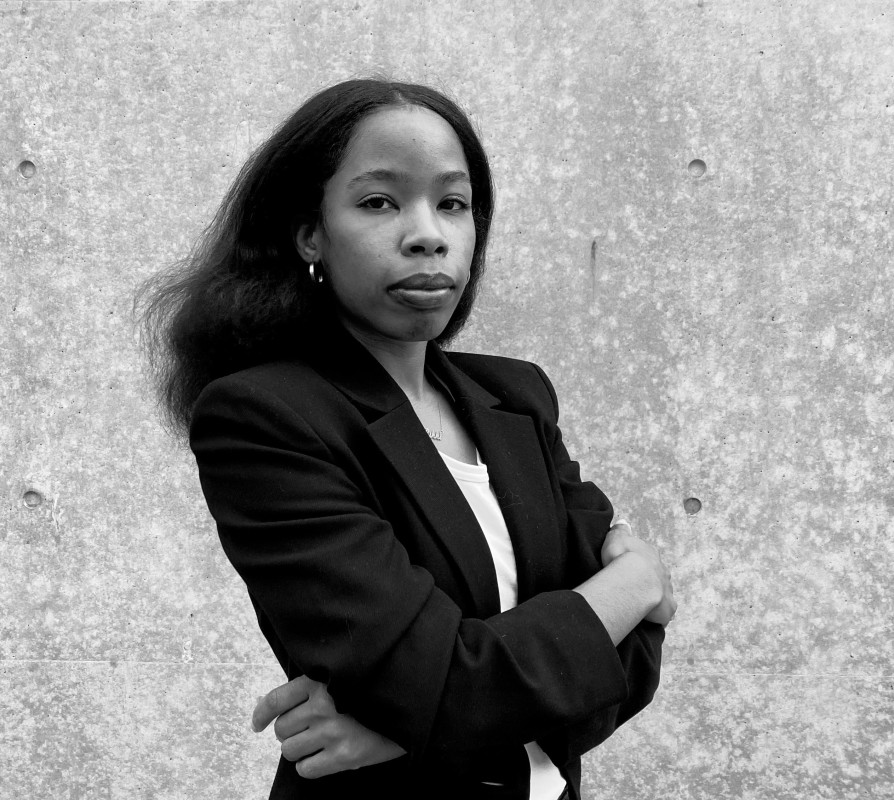
Photo: Courtesy of Rikki Byrd/Shabez Jamal
“When I teach it, I try to describe it as a methodology,” Dr. Square says. “Even though I often focus on Blackness or Black fashion or marginalized communities, you can take the tactics and strategies that I’m using and apply them to different areas… I try to teach it in a way that doesn’t put students who don’t come from a minority background on the defensive. Make it an open, honest conversation that makes every student feel empowered. And I do think it’s important that everyone be part of the conversation. I often feel like the onus and the burden to have the conversation, to raise the issue, falls on students and faculty of color. But everyone should be involved. The only way that we can liberate ourselves is (through) everyone’s involvement in the liberation process.”
“No one wants to admit to the long road that we need to walk to address these issues,” Jenkins argues. “We’d rather just bury or burn the thing down and stifle these stories from being told. But if these schools give courses like this a chance, students will be able to hear the real story, the facts, the truths — the uncomfortable truths of what has happened in fashion history, just like in other history courses.”
At the end of the day, what it really comes down to is: Black history is history. And the people that have contributed to shaping it should be recognized.
“This is history, period — one segment of our story as humans, and it’s one that people have been excluded from,” Dr. Stevens states. “The fact that we’re including Black people and other people of color in our discussions is not something that should be unique. It’s something that should be expected. We should be talking about diversity, and we shouldn’t just be talking about a single group of people when we’re talking about history or a single industry.”
“This needs to be inclusive,” she continues. “And when we begin to have these discussions, it enriches us all.”
Want the latest fashion industry news first? Sign up for our daily newsletter.
